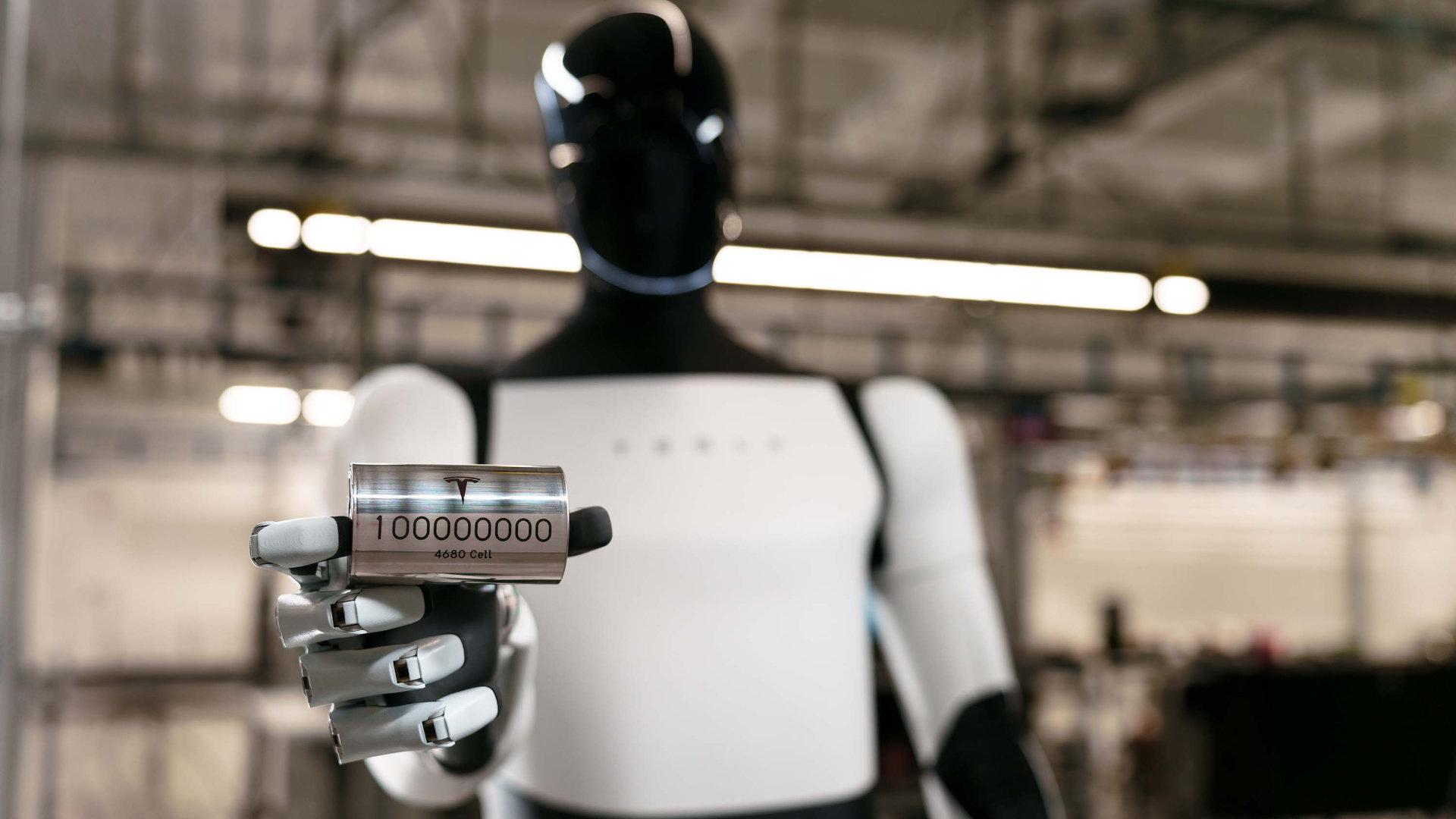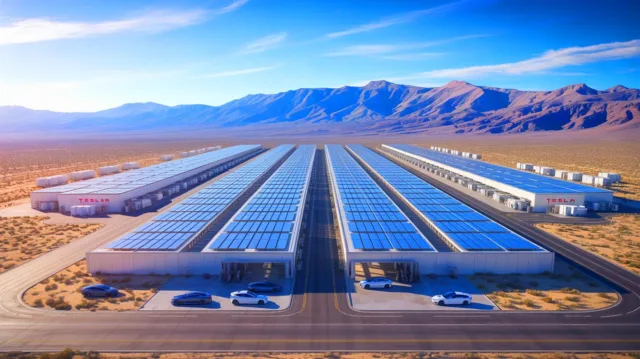| IN A NUTSHELL |
|
In a groundbreaking move, Tesla is on the verge of bolstering its independence from Asian battery manufacturers with the completion of its own LFP (Lithium Iron Phosphate) battery production facility. Situated next to the Gigafactory in Nevada, this new plant promises to revolutionize Tesla’s supply chain, reducing its reliance on external suppliers like CATL, LG, and Panasonic. This strategic shift could not only enhance Tesla’s control over its production but also set a new precedent in the electric vehicle (EV) industry. Let’s delve into how this development signifies a pivotal moment for both Tesla and the broader automotive sector.
Tesla’s Strategic Shift in Battery Manufacturing
Tesla’s announcement of its nearly operational LFP battery plant marks a significant strategic pivot in the company’s manufacturing approach. Historically, Tesla has relied heavily on Asian suppliers for its battery cells, which are the heart of any electric vehicle. Manufacturers like CATL and Panasonic have long been pivotal in supplying these essential components. However, with the completion of this facility in Nevada, Tesla aims to take a bold step towards self-reliance. This move is expected to reduce costs, improve supply chain efficiency, and potentially lead to innovations specific to Tesla’s unique needs.
The Nevada facility will focus exclusively on producing LFP batteries, which are known for their durability and cost-effectiveness. These batteries are particularly crucial for entry-level models, providing a balance of performance and affordability. By manufacturing its own LFP batteries, Tesla is not only reducing dependency but also paving the way for increased production capacity. This could lead to shorter lead times for vehicle assembly and a more agile response to market demands.

The Importance of LFP Batteries in Tesla’s Lineup
The introduction of in-house LFP battery production is especially significant for Tesla’s lineup, impacting models that prioritize range and efficiency. LFP batteries, while slightly less energy-dense than their NMC (Nickel Manganese Cobalt) counterparts, offer numerous advantages. They are inherently safer due to their thermal stability and have a longer lifespan, making them ideal for vehicles that undergo frequent charging cycles.
Traditionally, Tesla’s higher-end models have utilized NMC batteries for their superior energy density, which translates to longer driving ranges. However, the cost-effectiveness of LFP batteries makes them a preferred choice for mass-market models, such as the Model 3 and Model Y. By producing these batteries domestically, Tesla could potentially offer more competitive pricing for its vehicles, attracting a broader customer base. This shift not only enhances Tesla’s product offerings but also underscores the brand’s commitment to innovation and sustainability.
Potential Impact on the Global EV Market
Tesla’s move to manufacture its own LFP batteries is poised to have ripple effects across the global EV market. As one of the leading electric car manufacturers, Tesla’s strategies often set trends for the industry. By reducing its dependence on Asian suppliers, Tesla is challenging the status quo and encouraging other automakers to consider similar paths. This could lead to a significant restructuring of the global battery supply chain, with more production facilities being established outside of Asia.
Moreover, Tesla’s initiative could drive further research and development in battery technologies, pushing the boundaries of what is possible in terms of efficiency and sustainability. As other companies observe Tesla’s progress, there may be increased investment in alternative battery chemistries and production methods. This shift could also lead to enhanced competition, ultimately benefiting consumers through lower prices and better products.
Challenges and Future Prospects
While Tesla’s new battery plant promises numerous benefits, it also presents challenges. Scaling up production to meet Tesla’s high standards will require significant investments in technology and skilled labor. Additionally, the company must navigate potential regulatory hurdles and ensure a stable supply of raw materials. Nevertheless, Tesla’s track record of overcoming obstacles suggests that the company is well-equipped to tackle these challenges.
The future prospects for Tesla’s LFP battery production facility are promising. As the plant becomes fully operational, Tesla will likely evaluate opportunities to expand its production capabilities to other regions. This could include supplying batteries for models sold in Europe and beyond. As the world moves towards sustainable energy, Tesla’s initiative reflects a broader industry trend of seeking self-sufficiency and innovation. But how will this strategic shift influence the future landscape of electric mobility?
Our author used artificial intelligence to enhance this article.
Did you like it? 4.5/5 (26)









